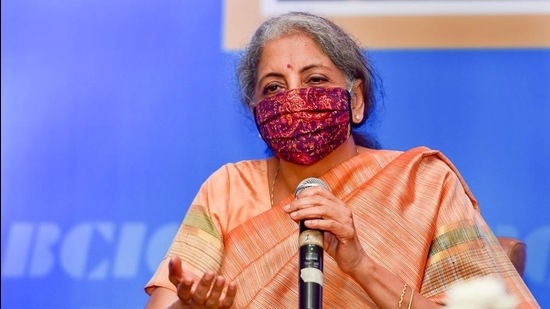Reading the numbers right | HT Editorial
India’s third quarter Gross Domestic Product (GDP) numbers, released on Friday, are interesting for a variety of reasons, not the least being the fact that while the GDP number was marginally lower than estimates, the gross value added (GVA) number was marginally higher
India’s third quarter Gross Domestic Product (GDP) numbers, released on Friday, are interesting for a variety of reasons, not the least being the fact that while the GDP number was marginally lower than estimates, the gross value added (GVA) number was marginally higher. Some experts have explained this as being caused by the payment of past year dues on subsidies (which are among the things subtracted from GDP to arrive at the GVA), and this is a plausible theory. This would also seem to suggest that the recovery is perhaps proceeding along expected lines.

But how does this correspond with the estimate that the Indian economy (GDP) will contract by 8% in 2020-21, higher than the previously estimated contraction of 7.7%? Does this mean the recovery is losing some steam? Or does the subsidy factor play out here too? After all, a 8% contraction for the entire year, some number-crunching shows, will mean the economy contracts in the fourth quarter too, which is at odds with just about every other piece of data available. What does one make of really bad news coming from the informal sector? Sure, much of this is anecdotal, but it has always been difficult to measure activity in the informal sector. And finally, while the numbers show a sharp recovery in private consumption in the three months ending December, was this one-off, caused by pent-up demand and festive spending, or can it be sustained? All are valid questions, pointing to the larger debate — the worst is over, but how strong and widespread will the bounce back be?
Two data-points shed more light on this (although an outright answer will still take time). The first is the government’s capital expenditure, which has increased significantly (although its operating expenditure has, as expected, shrunk). The second, a more nuanced measure, is the GVA excluding agriculture and government — a measure of private sector activity. This entered positive territory after contracting in both the first and second quarters, although, again, it is a measure of the corporate and formal sector’s recovery, not a general one. On the basis of this, Friday’s data, anecdotal evidence, and high-frequency indicators, while it does seem likely that India’s recovery will be patchy, the overall number for 2020-21 may actually end up being a little better than -8%, or even -7.7%.



